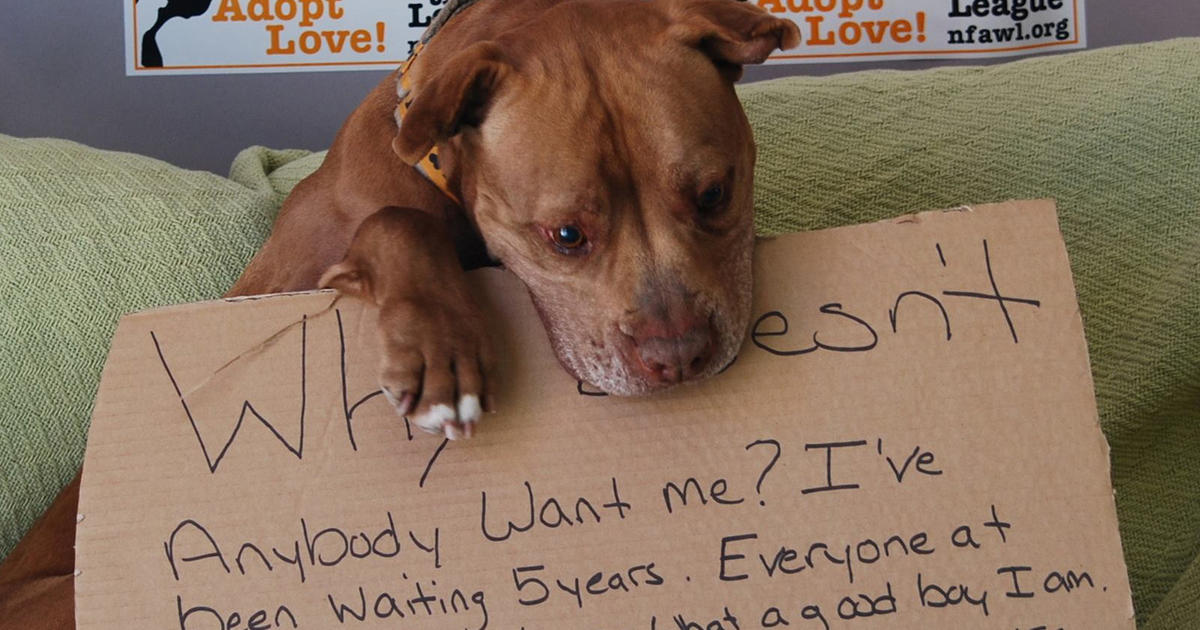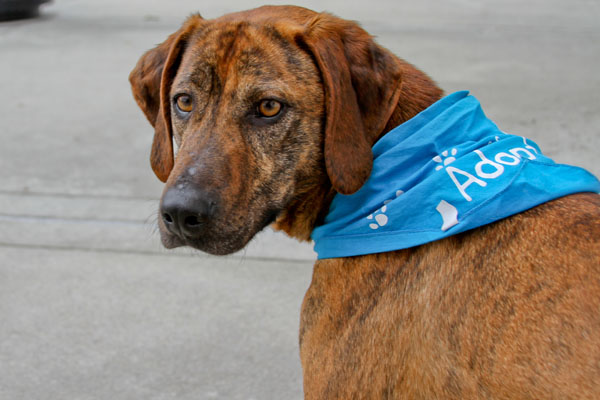

Do you know or suspect that your dog has hip dysplasia? Contact us, your animal clinic, today!ĭid you know that cats can experience a decline in cognitive abilities as they age, just like people? Cognitive dysfunction syndrome (CDS) is not uncommon in senior kitties. These may entail nutritional options, such as a doggy workout regime supplements or a specific diet medication and/or other options. Once your pooch has been diagnosed, your vet will be able discuss specific treatments with you. Fido will need exams and tests to determine if he does have hip dysplasia and, if so, how bad it is. Treatment If your canine pal shows any of these symptoms, it’s time to contact your vet. Fido may act wobbly, and he may not want to leave his bed. You may notice your furry best friend having trouble getting in and out of the car, climbing stairs, or even just getting up or down. Reduced Mobility Hip dysplasia can make even small movements painful for your beloved pet. Unusual Gait Hip dysplasia can also affect your furry buddy’s gait. This is because he’ll hold his weight differently in effort to take weight off his rear. You may also notice your canine buddy becoming bulkier on the front end. That will lead to a loss of muscle mass, which eventually leads to muscle atrophy. Loss Of Muscle Mass As hip dysplasia takes its toll, your four-legged friend will likely become less active. Fido may also not be able to turn or bend easily. Reduced Range Of Motion You may notice lameness and/or pain, particularly in your furry pal’s back legs. When your pooch does feel frisky, he may tap out after just a couple minutes. Your canine buddy may not be as interested in playing Fetch or jumping for Frisbees. Reduced Activity Hip pain can really put a damper on Fido’s playful personality. A local vet lists some things to watch for below. However, early diagnosis and treatment can be extremely helpful. The disease isn’t curable, but it can be managed. While some pups don’t show signs of hip dysplasia until they’re older, others may develop it as early as six months. In fact, some large breeds have as much as a 70% incidence rate. Ask your vet for more information.ĭo you have more questions about your dog's health or care? Contact us, your animal clinic, today.ĭid you know that hip dysplasia is the most common orthopedic issue we see in large and medium-sized dogs? This painful condition can happen to any pooch, though it’s more common in big dogs. Make sure Fido has suitable playtime and toys, and spend lots of quality time with him. It's also important to realize that sometimes dogs engage in pica due to mental or emotional issues, such as stress, fear, or loneliness. Your vet may recommend putting Fido on medication, supplements or changing Fido's diet. Thyroid issues, diabetes, and malnutrition are a few possibilities. It’s important to determine if your pooch has health problems or nutritional issues. Having Fido examined by a vet is the first course of action in pups with pica. Call your vet immediately if you suspect or know your dog has eaten something he shouldn’t have. However, some cases may become life-threatening, requiring surgical intervention. In some cases, dogs’ ‘snacks’ will pass out the usual way. Others, such as batteries, are highly toxic. Some can cause intestinal damage, blockages, or choking. As one can imagine, these things are definitely not safe for your furry friend. Man's Best Friend has also eaten rocks, nails, toys, screws, batteries, watches, and, of course, homework, to name just a few. Underwear and socks are two common items.

Our canine friends have been known to eat all sorts of things.

Unfortunately, though, pica isn't limited to grass. If Fido snacks on your lawn, it isn’t usually going to be an emergency. Your furry pal could also pick up parasites. Plus, a lawn treated with pesticides or chemicals is definitely not safe for your pooch to eat. While most grass isn't dangerous in and of itself, many plants are. Fido may be trying to get relief from an upset stomach, or he may be trying to compensate for a nutritional imbalance, which may have manifested as a craving. There are several possible reasons for this. A local vet provides some information on it below.Įating grass is one of the most common forms of pica. The whats, whens, and whys of pica in dogs can vary widely. There is actually a specific name for this behavior: pica. Have you ever come home to find that your canine pal has chewed up your sofa, or eaten your shoes? This may extend beyond Fido's natural need to chew.


 0 kommentar(er)
0 kommentar(er)
